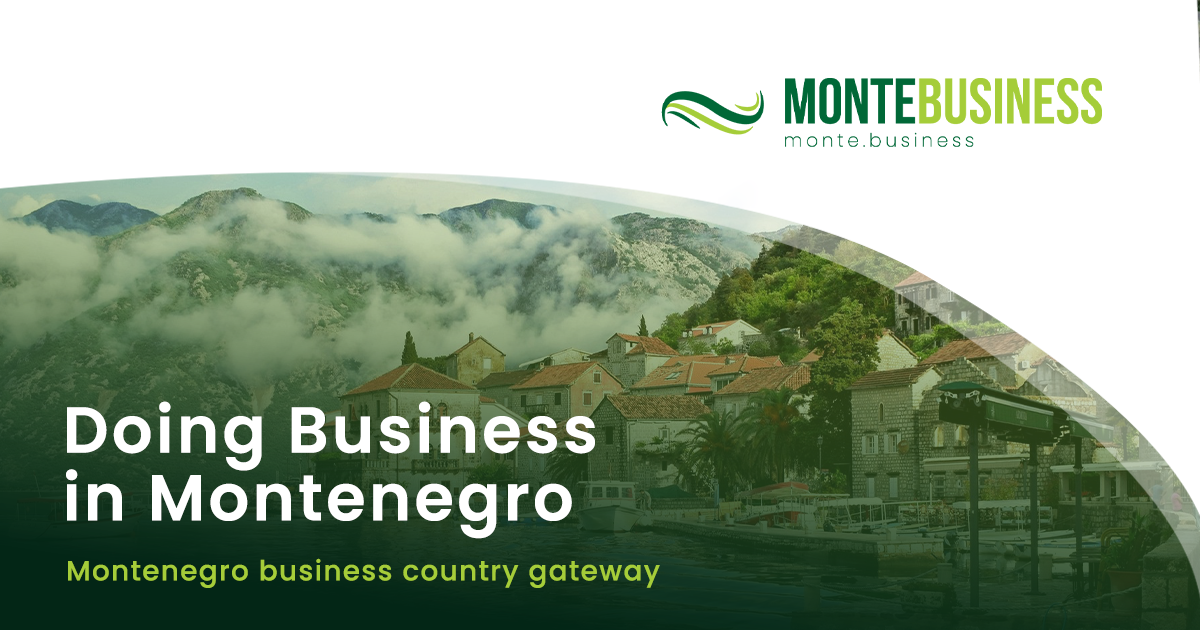Prime Minister Milojko Spajić announced the formation of both commodity and stabilization reserves, which, as he stated, will help small traders become more competitive against larger retailers.
He explained that the state has limited margins on a large number of products and has responded in the best way possible.
“Citizens are right, and I completely sympathize with them, but we don’t live in a communist system where the state could react directly. We responded in the way we could. We can still work on commodity and stabilization reserves. The first version of the commodity reserves will be available at the government meeting in early April,” Spajić said in an interview with Montenegro’s Television.
He further explained that, with stabilization reserves, it would be possible to find a long-term solution. Stabilization reserves aim to ensure that wholesale prices are not used as a basis for showing very small margins.
Spajić added that these measures will help make small traders more competitive with larger retail chains.
“We are fully aware that prices skyrocketed in 2023. We stopped the increase, and since September last year, we have seen price stabilization. However, we are still not satisfied with prices or the relationship with traders. Our scope of action is limited, and we must adhere to European legislation,” Spajić stated.
Commenting on the adoption of the budget today, Spajić emphasized that the budget is primarily a technical matter and should be viewed as such.
He also mentioned that with the Europe Now 2 project, pensions have significantly increased for pensioners who did not receive an increase last January.
“I am proud that pensions in Montenegro are among the highest in the region. Capital investments are at a record level, and I would love to see if citizens are eagerly waiting to see all these projects,” Spajić added.
He noted that VAT revenue amounts to around 1.4 billion EUR, which is three times more than what was collected in 2020.
Regarding the construction of the second section of the highway from Mateševo to Andrijevica, Spajić said that the route has been changed in the village of Kralje, and the main tender will proceed by the end of the month.
“This section will open up a historically isolated region of Montenegro. That area was physically cut off from the rest of Montenegro,” Spajić concluded.








